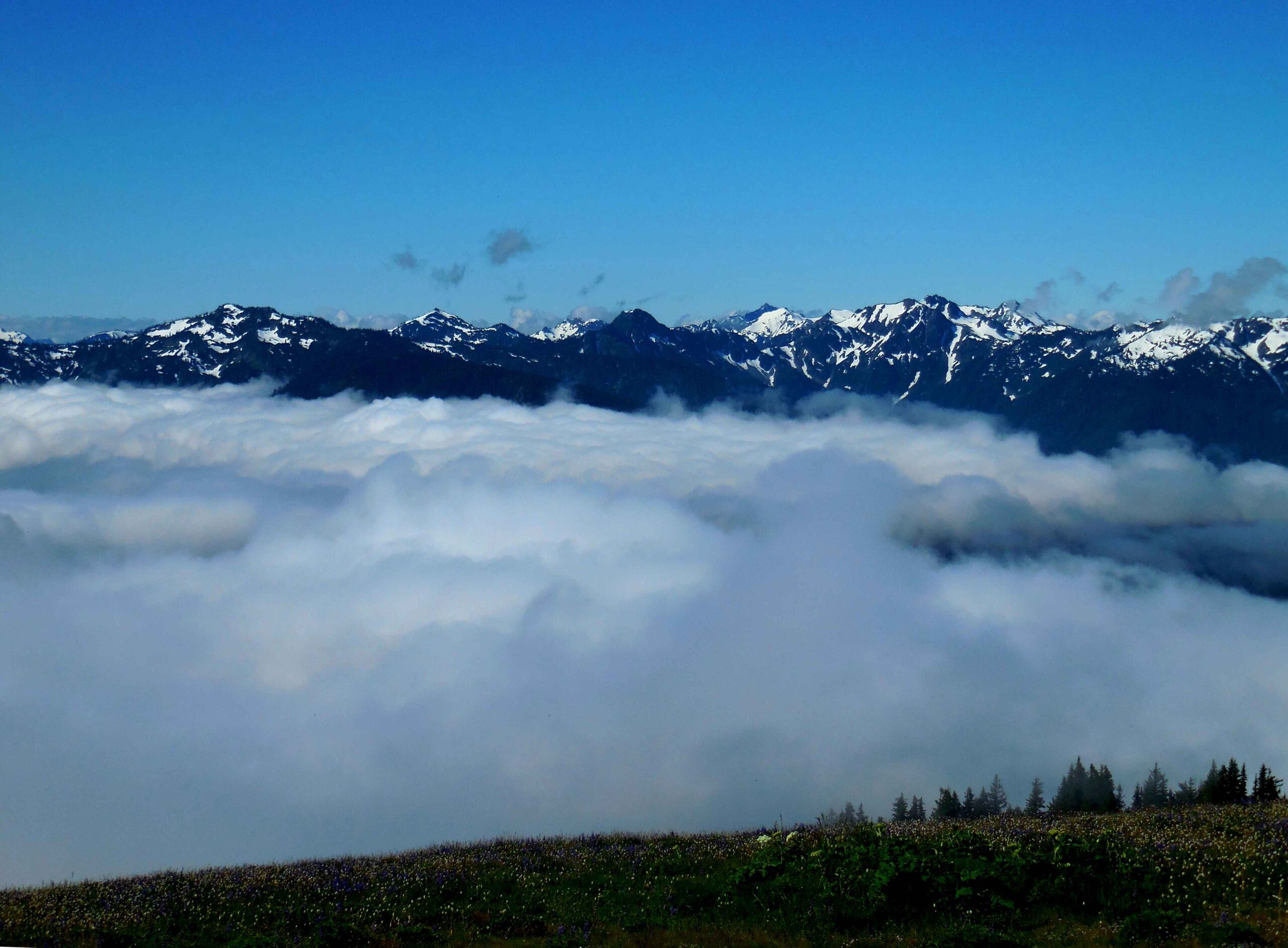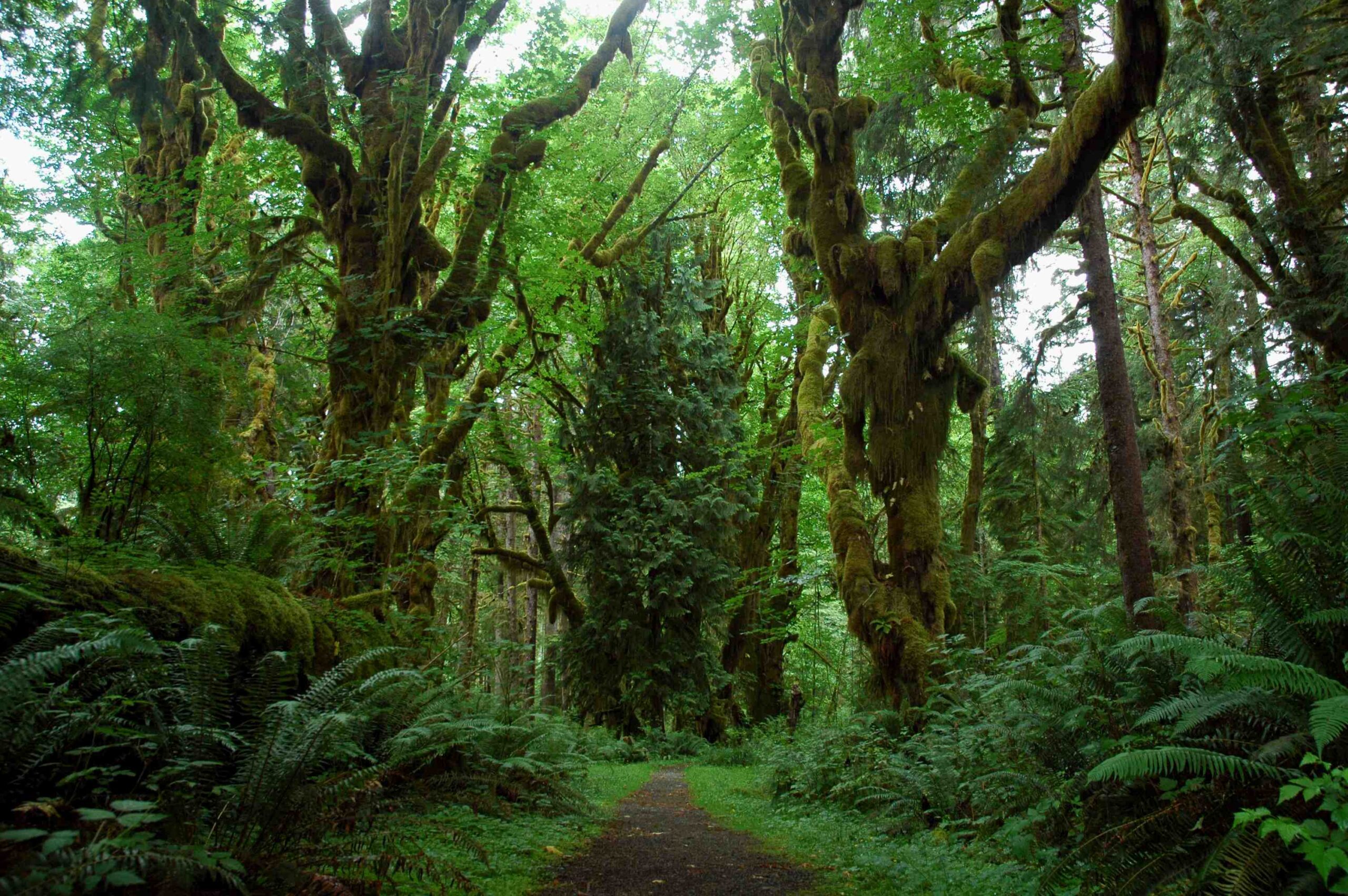Olympic National Park’s coastal wilderness offers a unique and breathtaking experience for campers and hikers. To preserve this pristine environment, the National Park Service requires visitors to obtain an Olympic National Park coast permit for overnight stays. This permit system helps manage visitor impact, ensures safety, and maintains the wilderness character of the coastline. Understanding the permit process, regulations, and coastal conditions is crucial for a successful and responsible wilderness adventure.
What is an Olympic National Park Coast Permit?

An Olympic National Park coast permit, officially known as a Wilderness Camping Permit, is a mandatory document for all overnight stays along the park’s wilderness coast. This permit system helps park officials manage visitor numbers, minimize environmental impact, and ensure visitor safety in the rugged coastal environment.
How Do I Obtain an Olympic National Park Coast Permit?

Obtaining an Olympic National Park coast permit involves several steps:
- Reservation Process:
- For summer camping (May 15 – October 15), reservations open on April 15 through Recreation.gov.
- Permits can be reserved up to 6 months in advance for some sites.
-
Some areas have quotas, so early reservation is recommended.
-
Permit Activation:
- Visit the Wilderness Information Center in person, or
-
Email the ranger district the day before your trip if the center is closed.
-
Required Documentation:
- Valid park pass for the trip duration
- Photo ID for the party leader
- Copies of the permit for all group members
What Are the Fees Associated with Olympic National Park Coast Permits?
The fee structure for Olympic National Park coast permits is as follows:
- $8 per person per night
- $6 permit fee
- $6 non-refundable reservation fee for each overnight permit reserved
What Are the Camping Regulations for Olympic National Park Coast?
When camping along the Olympic National Park coast, visitors must adhere to specific regulations:
- Camp above the high tide line
- Use pre-existing sites when possible
- Store food, garbage, and scented items in bear canisters
- Campfires are allowed in most areas, but prohibited north of Yellow Banks to Wedding Rocks headland
- Maximum group size is 8 people per permit
What Should I Know About Trail Use and Access?
Understanding trail conditions and access points is crucial for a safe coastal hiking experience:
- Access points include Rialto Beach and Kalaloch Beach (road accessible)
- Hiking involves beach walking and forested headland trails
- Surfaces vary and can be hazardous (slippery rocks, high tides)
- Trails may disappear at high tide
- Some headlands are impassable at low tide
- Detailed topographic maps and tide charts are essential
What Amenities and Facilities Are Available?
While the Olympic National Park coast offers a wilderness experience, some amenities are available:
- No designated campsites on the beach
- Toilets at main camping concentrations (e.g., Cape Alava, Sand Point)
- Kalaloch Campground offers 170 developed sites with amenities for those preferring more facilities
Where Can I Park for Overnight Coastal Trips?
Parking options for Olympic National Park coast permit holders are limited:
- Overnight parking allowed only in designated private lots for certain areas (e.g., Shi Shi Beach)
- Developed campgrounds like Kalaloch offer parking within the campground
What Are the Major Challenges and Conditions to Consider?
Visitors should be prepared for various challenges and conditions:
- Weather:
- Variable conditions including strong winds and off-coast storms
-
Winter storms can create hazardous conditions and elevated tides
-
Tides:
- Can make certain routes inaccessible
-
Understanding tide charts is crucial for safe travel
-
Terrain:
- Varied surfaces including slippery rocks and soft sand
- Long hiking distances in some areas
- Use of potentially slick boardwalks
How Should I Prepare for My Olympic National Park Coast Trip?
Proper preparation is key to a safe and enjoyable coastal wilderness experience:
- Gear:
- Rain gear and layered clothing
- Soft-soled shoes for better traction
-
Bear canisters for food storage
-
Navigation:
- Detailed topographic maps
-
Tide charts and knowledge of how to read them
-
Permits and Documentation:
- Olympic National Park coast permit
- Valid park pass
-
Photo ID
-
Safety Precautions:
- Be aware of tide schedules and impassable areas
- Plan for variable weather conditions
- Understand emergency procedures and exit routes
By following these guidelines and obtaining the necessary Olympic National Park coast permit, visitors can responsibly enjoy the stunning wilderness coastline while preserving its natural beauty for future generations.
References:
1. https://www.myolympicpark.com/where-to-stay-camp-eat/camping-rv/beach-camping-olympic-national-park/
2. https://www.wta.org/go-outside/passes/backcountry-wilderness-permit-info
3. https://www.nps.gov/olym/planyourvisit/wilderness-coast.htm
